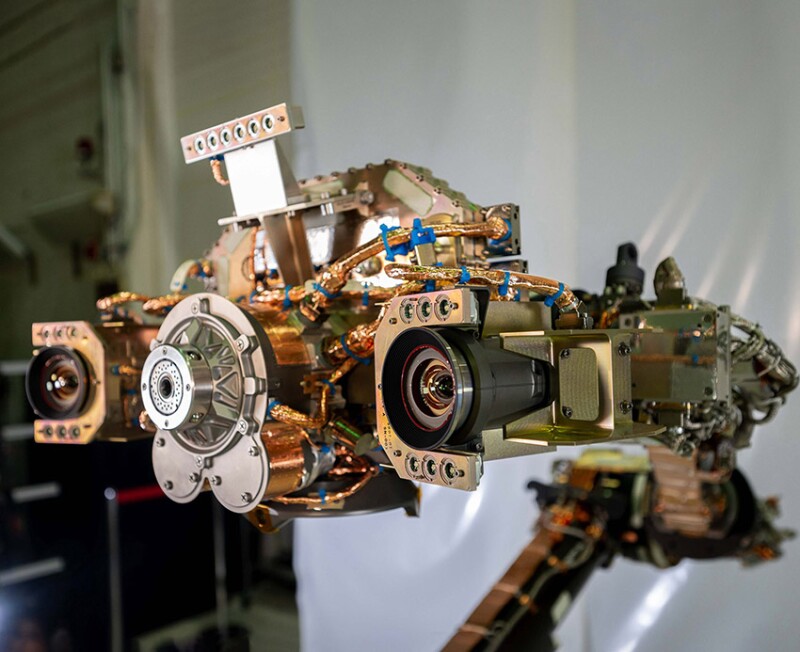Though disparate locations, outer space and the oil field have much more in common than one might think. Both can be taxing on operations and often redefine the idea of an isolated and, at times, hostile work environment. Harsh atmospheric conditions and wide-ranging pressure regimes call for unique technological applications and operations to achieve the best performance and results, whether it’s the gravitational and meteorological challenges of another planet or the crushing pressures and changing meta-ocean conditions of the deep offshore.
Despite the obvious differences, operating in both the terran oil field and the blackness of space offer hurdles that can be cleared by similar means. Shared technologies between the two industries have been around for decades and center around disciplines like automation, robotics, and remote sensing.
The National Aeronautics and Space Administration (NASA) itself has dabbled in oilfield studies, especially when it comes to greenhouse gas emissions and their impact on the atmosphere.


